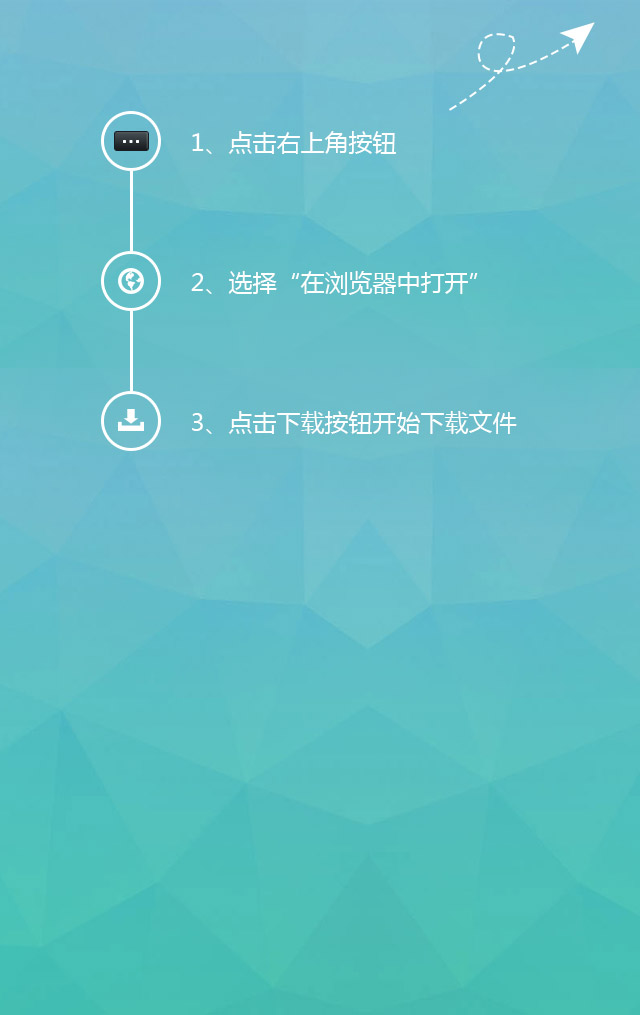What should I do if the battery life of the electric vehicle decreases in the weather below 0℃? Change the charging method and run 10 kilometers more
Electric vehicles are a very convenient and affordable type of small-scale transportation. They are very popular in my country. They can be seen on the road no matter in cities or rural areas, whether in spring, summer, autumn and winter. As a highly popular transportation Tool, it still has a big weakness, that is, the problem of cold resistance.
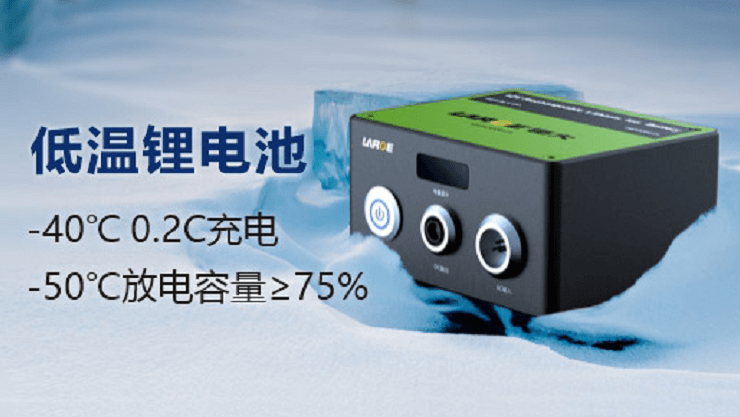
my country has the leading electric vehicle manufacturing technology. Nowadays, first-line brands such as Yadi and Emma have also launched low-temperature-resistant electric vehicle products, which can solve the problem of battery capacity decline of electric vehicles at minus 20 °C. These low-temperature-resistant batteries are all equipped with mid-to-high-end models, and most electric vehicles are scooter electric vehicles of about 2,000 yuan to 3,000 yuan.
Therefore, for most electric vehicle owners, electric vehicles still face the problem that the lower the temperature, the more serious the decline in battery life, especially below 0 °C, whether it is a lead-acid battery or a lithium battery, the capacity will decrease, and the daily battery life will be 80 kilometers. Only 50 kilometers left, so what is the problem? Is there any solution, in fact, if you can change the charging method, although it can't fully restore the battery life, running 10 kilometers more is not a problem.
In the weather below 0 ℃, the battery life of electric vehicles is different
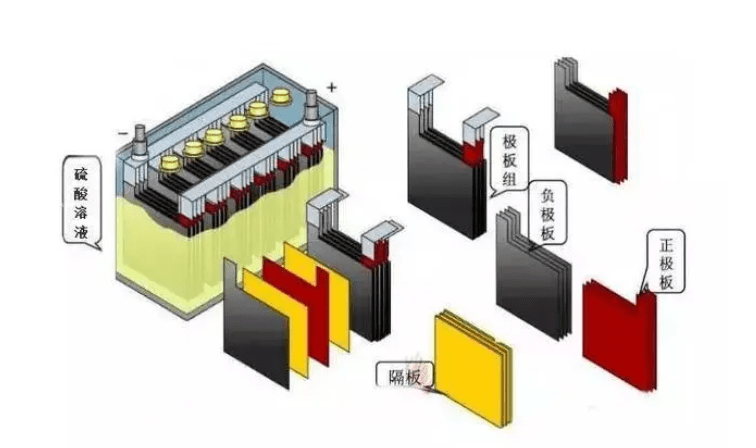
When the weather temperature becomes lower and the battery life decreases, some car owners will think that it is a battery problem. This is actually a misunderstanding. Our current electric vehicles are equipped with mainstream batteries, which are basically lead-acid batteries and lithium batteries. These 2 Like batteries, chemical reactions and temperature are closely related, and will be affected by temperature reduction.
In principle, when the ambient temperature is below 0 °C, the compatibility between the electrolyte and the negative electrode separator will become poor, and the magnetic viscosity of the battery will increase or even freeze, which will affect the electrical conductivity of the battery, thereby affecting the charging of the battery. discharge efficiency.
In addition, due to the low temperature of lead-acid batteries, the activity of the active materials inside the lead alloy grid will be deteriorated, and the ability of the separator to prevent active materials from falling off will also be weakened, which will affect the battery's storage capacity.

These are the real reasons that lead to the decline of electric vehicles in winter. They have nothing to do with the quality and heart of electric vehicles. Therefore, in the weather below 0°C, the battery life of electric vehicles is poor, so don’t blame the battery, but you need to think about how to improve battery life.
The battery life is getting worse, and the owner can run farther by charging these points.
In fact, the method of improving battery life is not complicated. Taking lead-acid battery as an example, its working efficiency is relatively high at an ambient temperature of 25°C. When the temperature is lower than this temperature, the storage capacity will drop by about 1%. Then, If you want to improve the battery life, you must start with increasing the battery storage capacity. This requires car owners to change their daily charging methods and use "special" charging methods in winter;
The first winter charging method: charging indoors
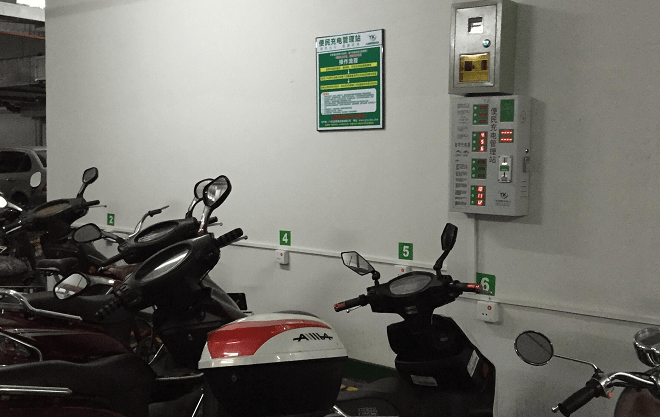
This is the most effective way to improve battery life, and it is also "the right medicine". The reason why the battery life of the electric vehicle is too low is because the electric vehicle is below 0°C and the battery is not in a good state of charging, resulting in the existence of "virtual power" in the battery storage. ”, if the ambient temperature can be raised to above 10°C, this problem will be solved directly. Of course, this does not mean that the battery life of the electric vehicle will be fully restored, because during the discharge process, the electric vehicle will still have a temperature If it is too low, the discharge efficiency will be affected, but it is not a problem for an electric vehicle with a battery life of 60 to 70 kilometers to increase the battery life by 10 kilometers.
It is worth noting: But indoor charging mainly refers to some conditions, such as the case where the parking garage of the community is indoor and outdoor optional, the indoor parking garage is the first choice, but the small connoisseur does not recommend that the electric vehicle Or take the battery home directly for charging, which is not only a safety hazard, but also prohibited by regulations.
The second winter charging method: charging in the sun
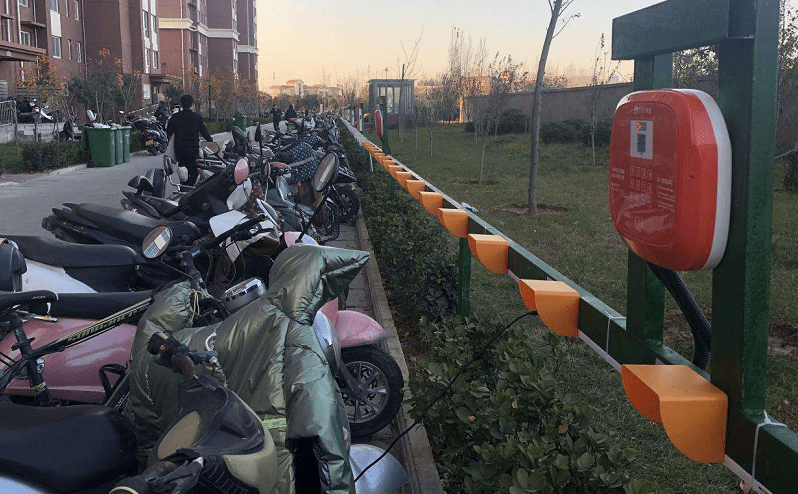
For most car owners, it’s not that they don’t want to charge indoors, but that they don’t have that condition, so they don’t have that condition if they want to change, but in fact, as long as they know why the battery life decreases in winter, they can make inferences from one case, and the temperature in winter is relatively low. When it is low, if it is charged in the sun, the relative temperature will also increase, so it can also improve the efficiency of the chemical reaction and make the charging efficiency higher.
It is worth noting: It should be reminded here that charging in the sun is an operation under special circumstances such as winter. Do not develop a daily charging habit, and do not charge in this way in summer, because the battery has a high temperature resistance limit. , the general lead-acid battery is 50 ℃, and the lithium battery is 60 ℃. Once the charging temperature plus the ambient temperature exceeds this degree, the light will cause the battery to lose water, etc., damage the battery, and in serious cases, there will be safety hazards such as spontaneous combustion. .
The third winter charging method: Properly extend the charging time

The changes in the above two charging methods are all "hands and feet" to increase the temperature. This method is to improve the charging efficiency, but a big factor in the actual decline of the battery life is the "dissatisfaction" of the battery caused by the reduced charging efficiency. , the battery capacity is not fully charged, therefore, by extending the charging time, the battery capacity can be fully charged, and the battery life of the electric vehicle will naturally be improved.
It is worth noting: some car owners will have doubts, the charger has turned green, and it is useless to extend the time, and charging has stopped, but in fact, the charger will not stop charging when the green light is on, only a small current of charging, so The advantage of doing this is to make the battery capacity more sufficient, but if you do not control the time and let the battery charge all day and night, it will cause the battery to continue to high temperature and cause problems such as water loss and bulging, so that the battery will not be damaged after the temperature is normal. If it disappears, the gain outweighs the loss. Therefore, the charging time should not exceed 10 hours, and the charging time after the charger turns green should not exceed 2 hours.
Lithium batteries and lead-acid batteries are different when used in weather below 0°C
Finally, a small connoisseur often sees a netizen asking, only talking about the charging and maintenance methods of lead-acid batteries, regardless of the 20% share of lithium battery electric vehicles, then, today's use in weather below 0 ℃, I am Let's take care of both and talk about their differences.
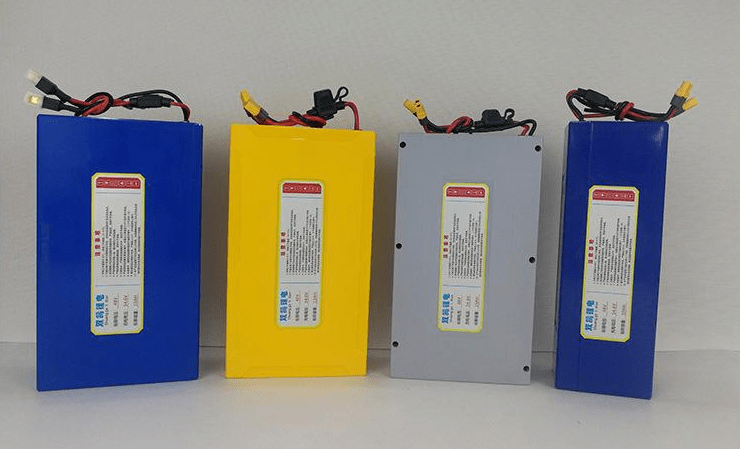
In fact, from a big perspective, the chemical reaction of lithium batteries and lead-acid batteries is the same, and both are affected by temperature, but there are subtle differences between the two.
The first is the difference in low temperature resistance. Lead-acid batteries will have a serious drop in battery life at 0 °C, while lithium batteries have relatively better low temperature resistance. 0 °C will not drop very seriously. Basically, it will appear more serious at minus 10 °C. If the battery life of your lithium battery is seriously reduced at 0 ℃, it is necessary to consider whether the battery is damaged.
The second is the difference in charging. Charging lead-acid batteries at low temperature will only affect the charging efficiency and will not cause other damage. However, charging lithium batteries is very picky about the ambient temperature. The charging temperature of most lithium batteries is not recommended. Below 10°C, some lithium batteries with better quality cannot be charged below 0°C.
Otherwise, the metal lithium and the electrolyte will react, and the lithium ion negative electrode will precipitate lithium, which is often referred to as "lithium dendrite". This substance not only affects the capacity of the battery, but also may puncture the battery diaphragm. Let the battery have a safety hazard of detonation.
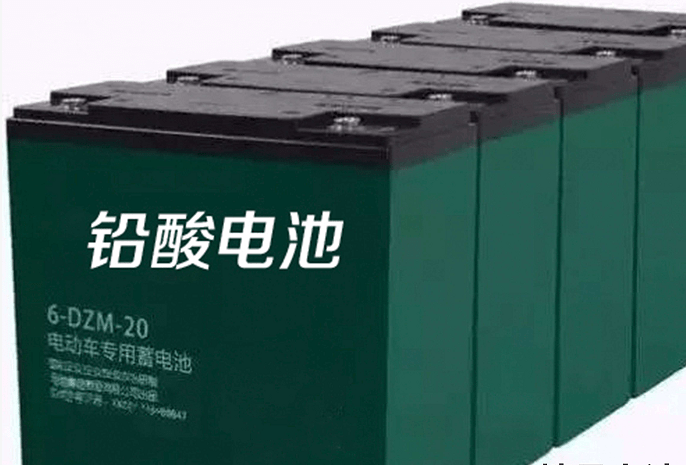
Small expert summary: The above is the introduction of the small expert, some suggestions for solutions to reduce battery life when using electric vehicles in an environment below 0 ℃, in fact, there are two ways to improve battery life in winter. The first is to increase the temperature of the charging environment. To keep the chemical reaction efficiency of the battery from decreasing, the second is to increase the battery's storage capacity. As long as you remember these two methods, you can "infer others" and find more ways to increase battery life.
Recommend
-

-

QQ Zone
-

Sina Weibo
-

Renren.com
-

Douban

